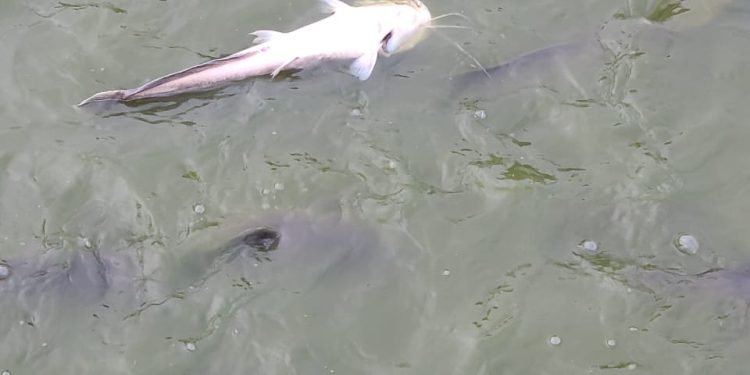In the heart of Ikere Village, 33 kilometres northeast of the Iseyin Local Government Area of Oyo State, Nigeria, lies the Ikere Gorge Dam. The earth-filled dam boasts a water capacity of 690 million cubic meters (m3) and a surface area of 47 km2. The dam is approximately 50 meters long and has a depth of 35.599 meters. Despite the unmotorable road leading to the dam from Iseyin, over 2,000 fishermen have settled at different camps close to its bank, organizing themselves into 11 settlements. These fishermen have made fishing on the dam their sole occupation and they have become experts at it.
On December 7, 2022, at about 10 a.m., 40-year-old Aliu Kuti, who has been fishing on the dam for 25 years, returned from the dam, where he had gone to harvest from the net set the previous evening. “As soon as we finish retrieving the catch, we set the nets again for the following catch,” Mr. Aliu told BONews.
He noted that over the years, none of them has had cause to fight over fish, saying they all know their nets and where they have set them. He disclosed that they were surrounded by mountains and hills and that they also farm on a large scale. He noted that they rear three different types of fish – catfish, tilapia, and mudfish.
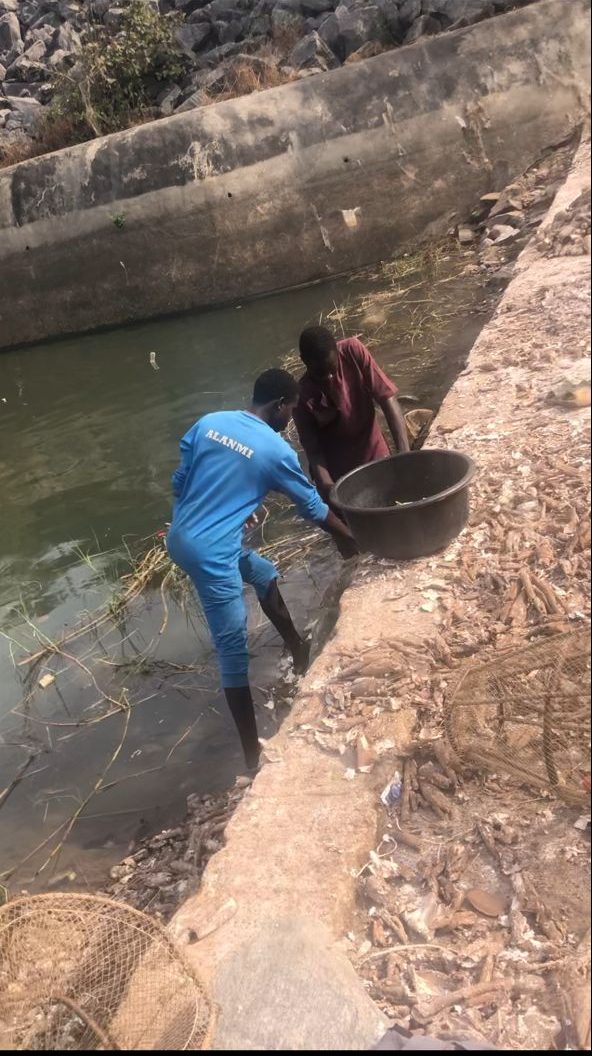
Giving an account of how climate change is affecting them, Mr. Aliu said they experience flooding during the rainy seasons, which really affects the amount of fish they catch on a daily basis, as they are unable to sell on a large scale to customers who usually come from neighboring towns, especially Ibadan.
“The flood we experienced in 2022 had many negative effects on the amount we earned on a daily basis. For example, from July to October, it was hard to make N2,500 in a day, and it also reduced the number of customers that come in every day. The reason was that the temperature level was too toxic for the fish to live, which ended up killing them. There were times we battled diseases like swollen gills, which caused the death of some fishes affected in the river,” he explained.
Corroborating with Mr. Aliu, 29-year-old Mr. John Festus, with 16 years of experience in fish farming, was seen at the riverside with other young boys trying to set the net for the evening catch. He said he operates on a large scale and has a large number of the workforce who work with him and also train to become experts in the fishing job. He said he only rears fish like catfish, tilapia, mudfish, and panla.
He said flood leads to a shortage of fish collected at the river, so most times he is left with little to sell while keeping the remaining for his family’s consumption.
“Irrespective of the amount and the size of fish we catch, it is sellable due to the environment and the low income of the people around us, except for people who travel down to the dam on a daily basis from neighboring towns and villages to buy in large quantities and resell to their customers. Most of the time, these people are disappointed because when there is a climate change crisis like flooding or harsh temperatures, there is always a reduction in our catch,” Mr John told BONews.
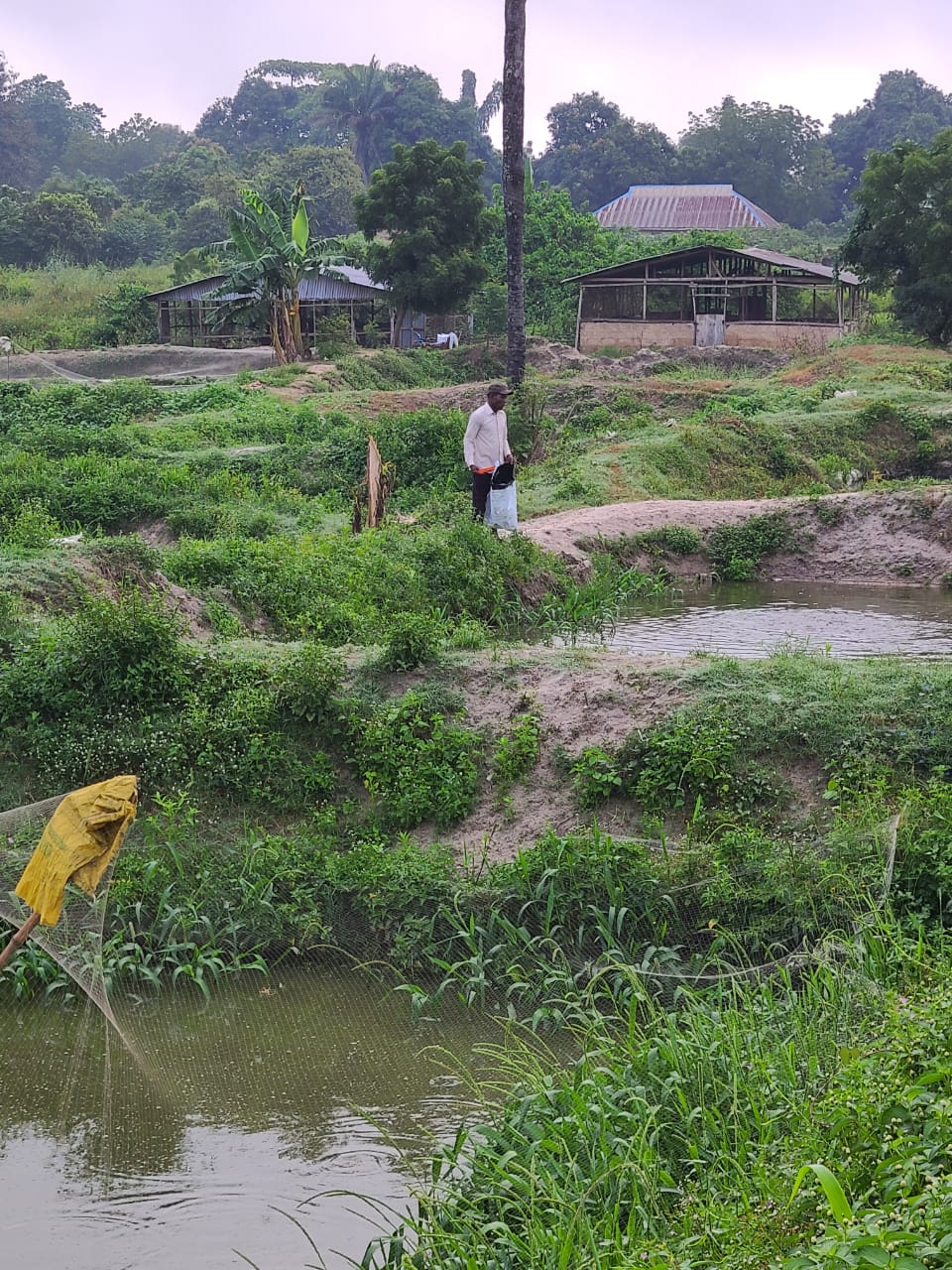
Moving around the Dam, an Edo man, Mr Ezekiel Edosa, was seen struggling with his net. He looked disappointed as his catch had been poor lately, with his net only catching eight pieces of fish over the night. He said the imbalance in rainfall was one of the factors affecting the business. “We have not really experienced constant rainfall this year. That is why the fish are not as abundant. But whenever it begins to rain, the harvest increases. When deforestation occurs, rivers dry up through evaporation. Water shedding from the reservoir is another action that affects fishing because when they open the dam, the movement pattern of the fish changes and they become very difficult to catch,” he said.
Same Story In Oyo Town
Meanwhile, the degree to which fish farmers agree that factors such as heavy rainfall, severe flooding, diseases, and poor feeding, among others, indicate their understanding of climate change is determined by how they perceive the effects of climate change. After the 2011 flood that washed away about N300 million worth of fish at the University of Ibadan fish pond, the construction of a raceway, more ponds, and tanks to overcome subsequent flooding that might cause more havoc on their fish farmland has taken place. According to the University of Ibadan Farm Manager, Mr. Akande Samuel, climate change has affected fish seed production, and it has affected the agricultural yield used in feed formulation, which in turn has increased the cost of production. “The University of Ibadan fish pond is about 10 acres of land, and they rear about eight different species of fish, which are Parachana obscura, Clarias gariepinus, Orechromis niloticus, Malapterurus electricus, Heterobranchus bidorsalis, Heteroclarias, Heterotis spp, and Gymnarchus niloticus. The topography of the fish pond is saucer shape while their workforce is mainly IT students. The university makes sales of 23 million yearly,” he said.
On Saturday, November 26, 2022, at Oko-Oba Area, Oyo town, where major catfish farmers are located, 31-year-old fisherman Ahmed Nurudeen was seen digging the ground to bury some fishes that had died as a result of Fin rot. “One of the challenges myself and other colleagues faced in this fish farming business is the disease. It affects the amount of fish we harvest and, at the same time, affects our income at the end of the day,” he said.
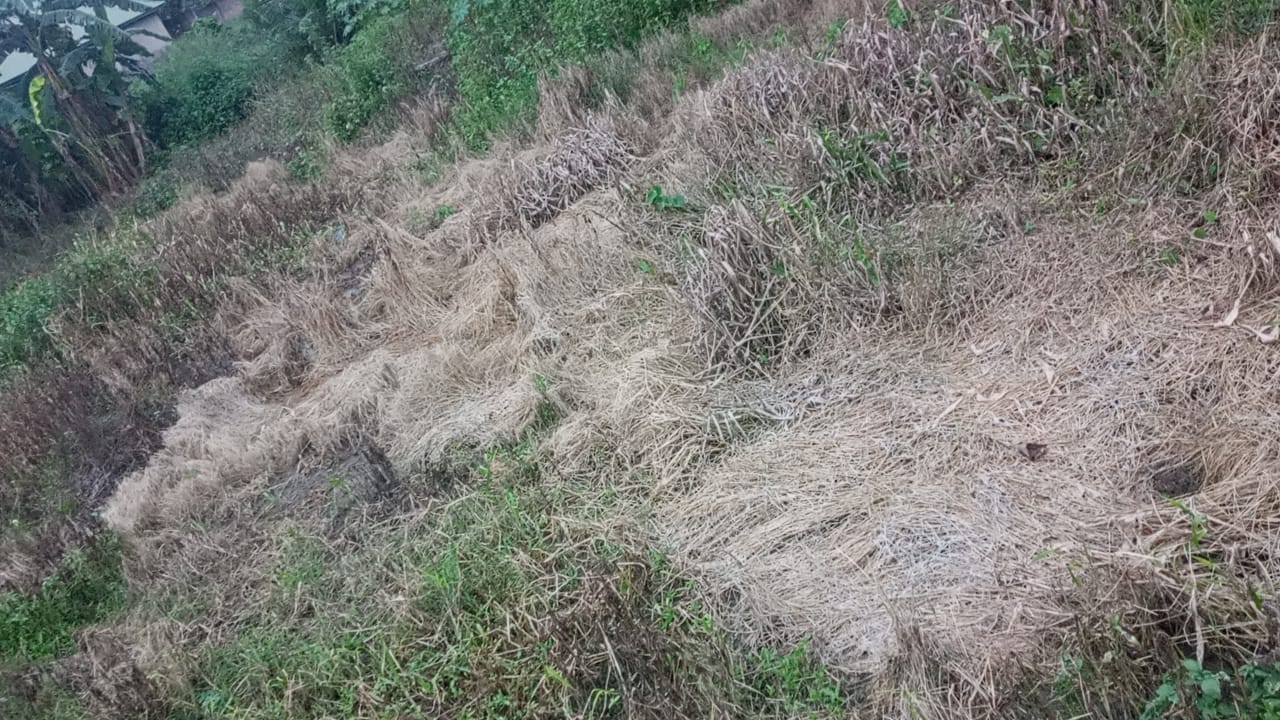
He noted that if they rear 500 fingerlings, if the weather is favorable, they will harvest between 450 and 480, but if there is an imbalance in the rainfall, they will harvest between 250 and 350 “because some might have died as a result of diseases, harsh temperature, and flooding.” Mr. Nurudeen sells in large quantities to both retailers and directly to the final consumers. He stated that a major setback in the business is climate change, and that there has not been a sustainable way forward from authorities. “There are many diseases. Amongst them are ‘fin rot’ and swollen gills. ‘Fin rot’ attacks the fins of the fish and thereby causes its death, which is a shortage for the farmer. Some diseases are not even visible enough to be seen, you will just discover that some fishes are dying—these types can only be detected in a research laboratory.”
He concisely narrates how water temperature also hinders the growth of fish in both rainy and dry seasons. In his words, “It affects sometimes. We all know when it is about to rain, the weather will be cool, and so if it rains well, the level of consumption of feed by the fish would be obviously high. During the dry season, fish don’t consume well. A fish that consumes 50kg during the rainy season can consume 20kg during the dry season, and this does affect their growth.”
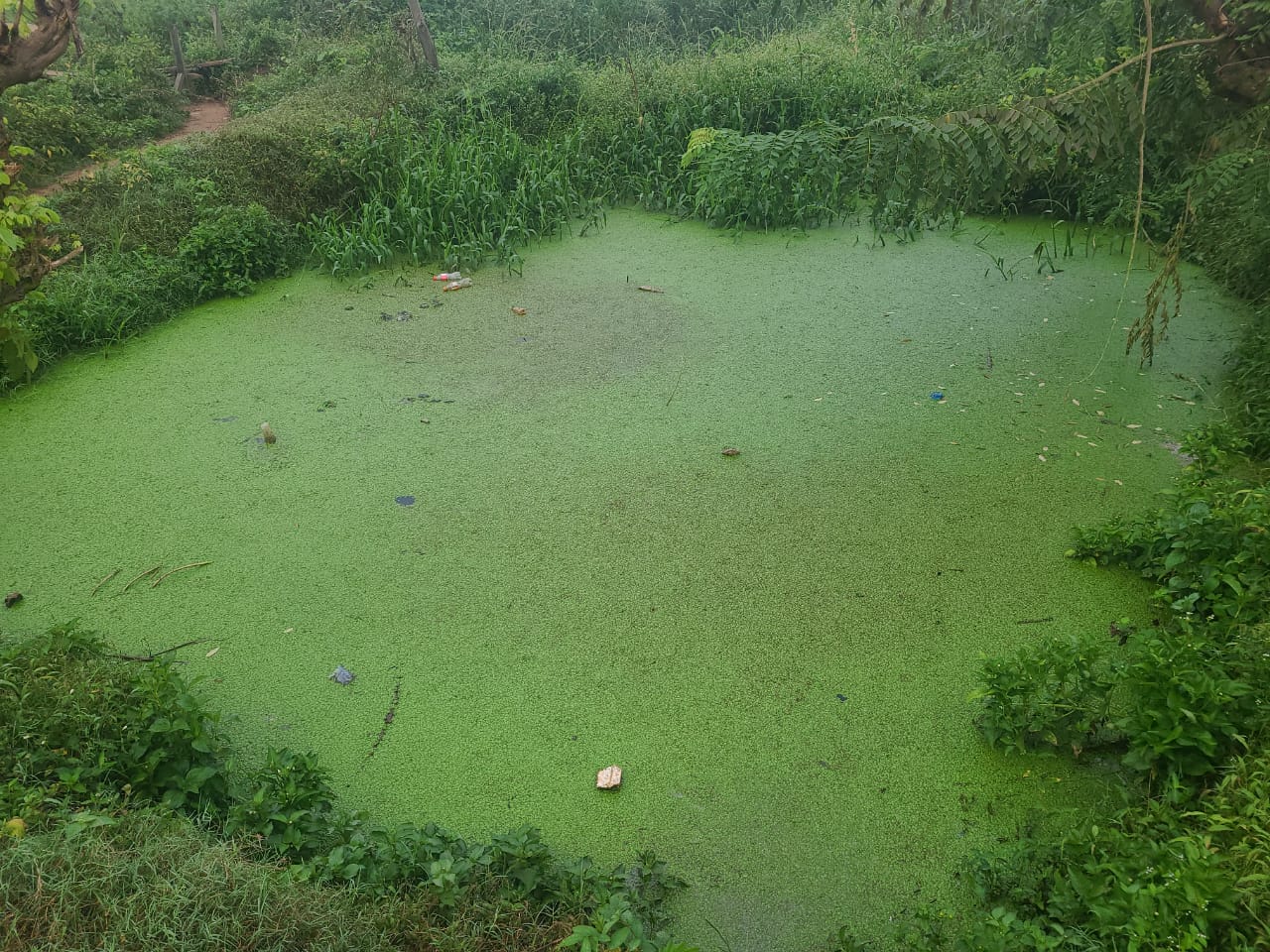
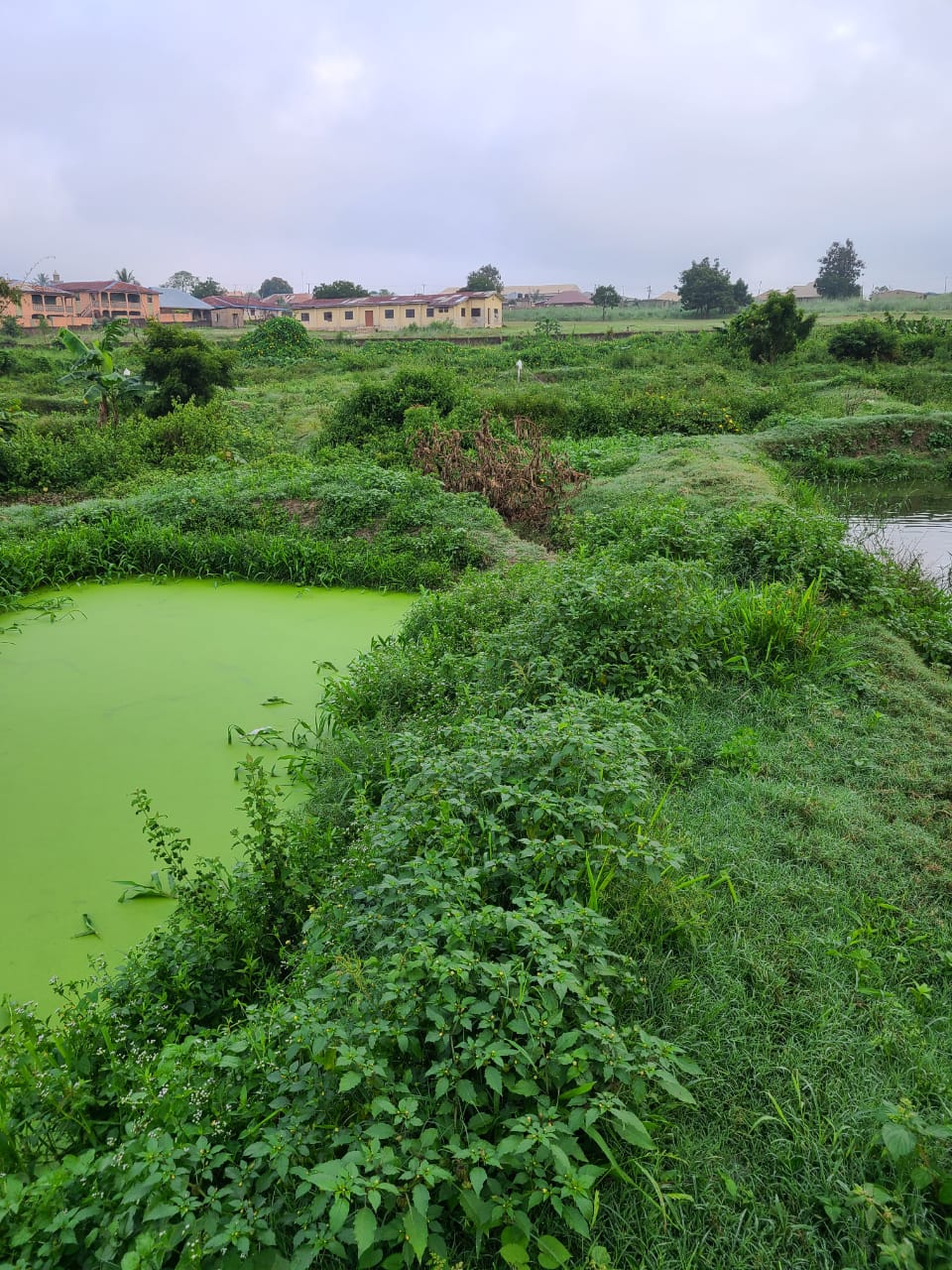
One of the fish farmers who was also available at the point of the visitation was 29-year-old Niyi Sunday who has been in the business for eight years as a small commercial fish farmer. He said in the dry season, fish will suffer the stringent ability to grow well because the water level is always low. He noted that the carelessness of farmers also makes them lose a lot of fish during the rainy season, as most do not create enough space for water to flow well.
Experts Speak
Expert in the fish farming sector, Ojeleye Olusegun, has called for government intervention in the fish farming industry. Mr Olusegun has recommended that the government monitor and enforce regulations that require all fish farms situated beside rivers to elevate their farmland so that it is higher than the river.
According to Mr Olusegun, many fish farmers currently operate their farms at the same level as the river, which can result in floods diverting into their ponds and causing significant damage to their farms. Furthermore, he has noted that the water in rivers can be contaminated due to human activities, which can lead to the spread of diseases among the fish population and ultimately cause their death.
To tackle these challenges, Mr Olusegun has proposed that the government should impose a ban on individuals dumping waste into rivers and develop appropriate treatment methods to minimize losses during difficult seasons. He also believes that the government should regulate the cost of fish feed by setting up a warehouse where fish farmers can purchase feed directly from them at a reduced cost.
Additionally, Mr Olusegun has emphasized the importance of sourcing fingerlings from reputable providers and ensuring that fish farmers are adequately trained in fish farming techniques. He suggests that many fish farmers lack the knowledge and skills necessary to raise fish effectively and sustainably.
Adaptation strategies?
According to the Federal Ministry of Agriculture and Rural Development, Fishery Department, the government is implementing measures to monitor and curb the issue of flooding in the state generally. Currently, there is a dam called OGUNPA, which is intended to control flooding within Ibadan town by regulating the inflow and outflow of water, thereby preventing a flood crisis. The Ibadan Urban Flood Management Project aims to improve the capacity of Oyo State to effectively manage flood risk in the city of Ibadan, with three main components: Flood Risk Identification, Prevention, and Preparedness Measures; Flood Risk Reduction; and Project Administration and Management Support. The Ministry of Environment also helps to monitor drainage to avoid flooding during the rainy season.
According to the spokesperson who choose to remain anonymous, the issue of feed can be overcome by generating individual feeds. Fish farmers cannot always rely on the government to provide free feed for them on their farm. Although various platforms in Oyo state allow farmers to borrow money to purchase things they need on their farmland, such as the Bank of Agriculture, fish farmers should look for a way to form an association to formulate their own feed instead of going directly to the manufacturer. This will reduce the cost they spend on their products.
She advised fish farmers that if they use an earthen pond, they should go for sinking feed, as it will be cheaper than the floating one. If they have a concrete pond, they should go for the floating one, perhaps a local one that they produce from feed production.
She stated that when the economy is stable and the government is buoyant, they can consider giving free feed to the farmers to cushion their cost of feed crisis. The Feedmill at the Ministry of Agriculture, constructed by the federal government and yet to be handed over to the Ministry of Agriculture, is another initiative they are planning to use to provide free feed to registered farmers within the state.
The farmers were advised to make use of Best Management Practices because if they use them, they won’t have problems with climate change. BMPs will monitor their production based on temperature, and the pH of their water, and ensure they don’t overstock their pond because if they overstock and there is no rain, the water level will affect the fish and cause diseases due to overcrowding.
“The spokesperson said that anyone who wants to go into fish farming should first visit their site to determine if it is suitable for setting up a fish farm. This is to ensure that their farm is not near a stream, which could cause havoc during heavy rainfall. It also helps fish farmers determine the fishing time during a change in climate conditions.”
This report was completed as part of the Centre for Journalism Innovation and Development‘s 2022 Climate Change Media Fellowship in West Africa with funding support from the Centre for Investigative Journalism’s Open Climate Reporting Initiative (OCRI).

